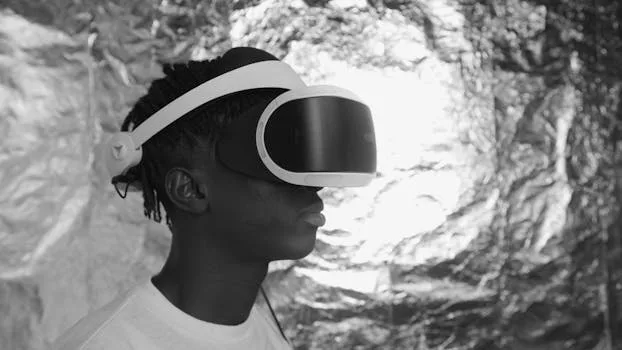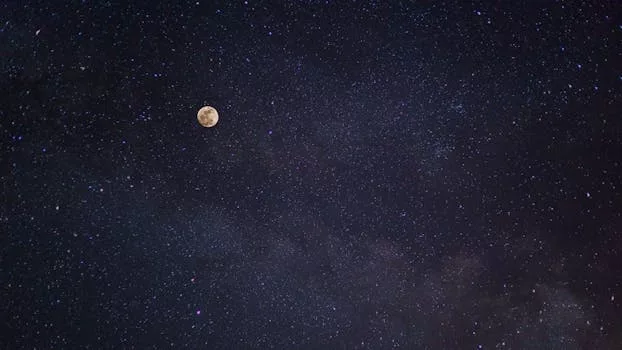
“
From Stardust to Dreams: Imagining Life Beyond the Stars
Introduction to the Cosmos
From Stardust to Dreams: Exploring the Cosmic Frontier is a journey that begins with the realization that we are all made of stardust. The elements that compose our bodies, our planet, and our universe were forged in the heart of stars. This understanding inspires us to dream about life beyond our planet, to explore the vast expanse of space, and to seek out new worlds and civilizations.
The search for life beyond Earth is a quest that has captivated human imagination for centuries. From science fiction to scientific fact, the possibility of discovering life elsewhere in the universe drives us to push the boundaries of space exploration and to ask fundamental questions about our existence. As discussed in The Infinite Universe of Imagination, this quest is deeply rooted in our desire to understand the cosmos.
Understanding the Building Blocks of Life
To imagine life beyond the stars, we must first understand the building blocks of life on Earth. The elements necessary for life as we know it include carbon, hydrogen, oxygen, nitrogen, and phosphorus. These elements are found in the stardust that composes planets, moons, asteroids, and comets throughout the universe.
The process of star formation and the creation of these elements is a complex one, involving the nuclear fusion of hydrogen into helium and the subsequent formation of heavier elements through stellar evolution. The distribution of these elements throughout the universe is a testament to the dynamic nature of the cosmos, with elements being cycled through stars, planets, and space over billions of years. For a deeper dive into the cosmos, check out Cosmic Creativity.
Exploring the Possibility of Life Beyond Earth
The possibility of life beyond Earth is a topic of ongoing research and debate. Scientists use a variety of methods to search for life, including the detection of biosignatures in the atmospheres of exoplanets, the search for radio signals from advanced civilizations, and the exploration of our solar system for signs of past or present life.
One of the most promising areas of research is the study of exoplanet atmospheres. By analyzing the light that passes through the atmosphere of an exoplanet, scientists can determine the presence of gases that could be indicative of biological activity. This method has already led to the discovery of several exoplanets with conditions similar to those of Earth, raising hopes that we may one day find evidence of life beyond our planet.
Imagining the Future of Space Exploration
As we continue to explore the cosmos, we are driven by a sense of wonder and a desire to push the boundaries of human knowledge. The future of space exploration holds great promise, with plans for manned missions to Mars, the establishment of lunar and planetary bases, and the continued exploration of our solar system and beyond. For more on this exciting journey, see Charting New Realms.
The implications of discovering life beyond Earth are profound, challenging our understanding of the universe and our place within it. It would raise fundamental questions about the origin of life, the possibility of intelligent life elsewhere in the universe, and the potential for human interaction with other civilizations.
Conclusion and Takeaways
In conclusion, the journey from stardust to dreams is one that inspires us to explore the frontiers of space and to imagine life beyond our planet. Through our understanding of the building blocks of life and the search for life beyond Earth, we are driven to push the boundaries of human knowledge and to seek out new discoveries.
Takeaways from this journey include:
- We are all made of stardust, and the elements that compose our bodies and our planet were forged in the heart of stars.
- The search for life beyond Earth is a quest that has captivated human imagination for centuries.
- The possibility of discovering life elsewhere in the universe drives us to explore the cosmos and to ask fundamental questions about our existence.
- The future of space exploration holds great promise, with plans for manned missions to Mars, the establishment of lunar and planetary bases, and the continued exploration of our solar system and beyond.






